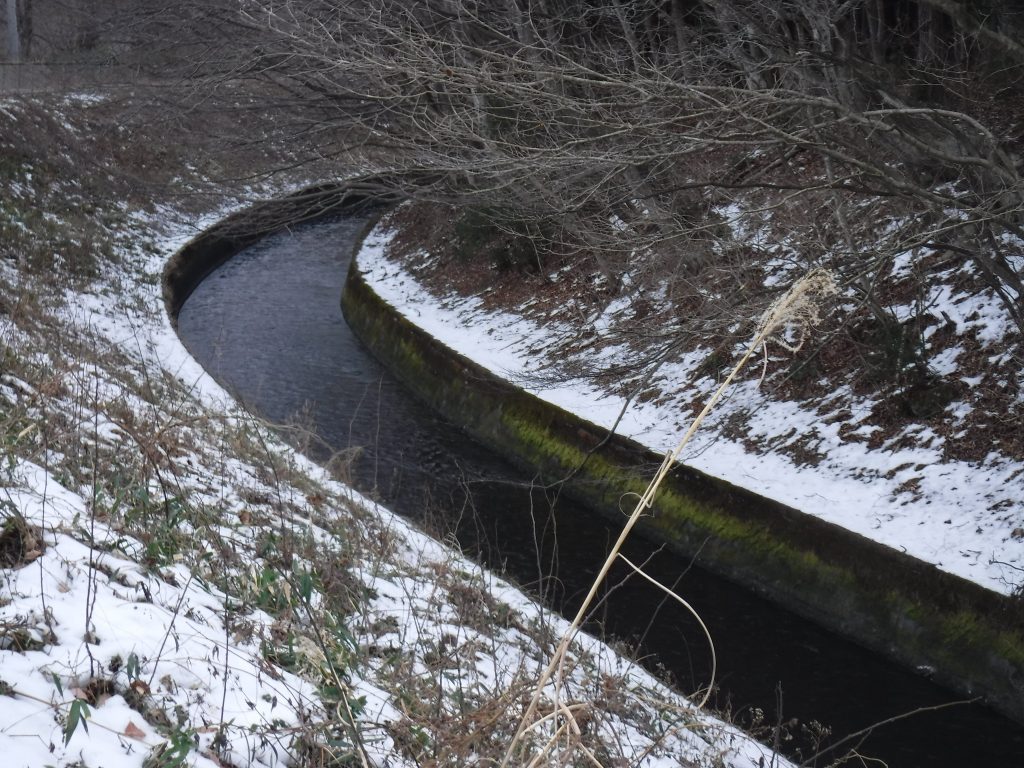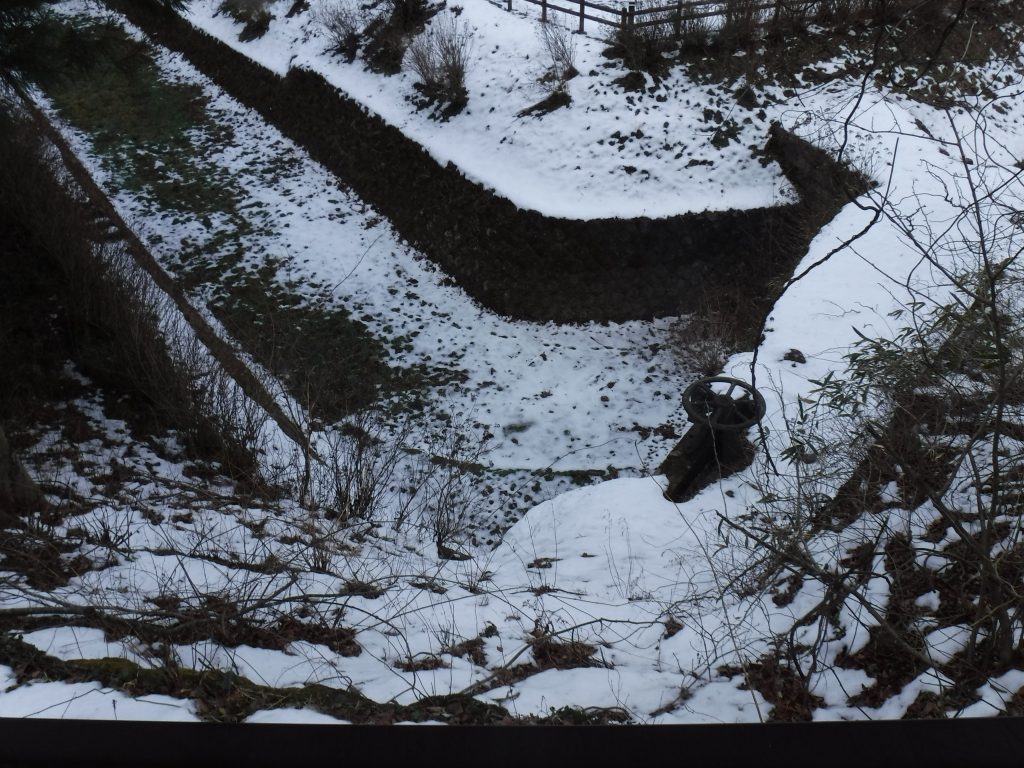
When I first heard about the Nasu Canal, I pictured a relatively simple structure, something that would just get water from a nearby source and distribute it to farmers nearby. What I was not expecting was a 16 km structure zigzagging across uneven terrain and drawing from a river that was in it’s own ditch in the ground. Everything about this Canal and the story surrounding it’s creation is surprising, if not shocking. To begin with it was completed in only five months, which is extremely impressive when you consider the tools used to construct it were no more advanced than your average gardening tools at home. Even more impressive is the fact that it wasn’t straightforward digging, the construction of the canal required creative engineering work to complete. For starters, the river source was not on the surface, but rather at the bottom of a ditch it had carved from centuries of flow, and this required that a tunnel be constructed, with hand tools, in order to draw water from the river. This alone is a challenge, but this was just the first hurdle in construction of the canal. In order to bring the water where it needed to be, the canal would have to cross a dry river, which has water flowing beneath a river of rocks. In order to cross this, an engineer had to be hired to create a siphon system to draw water underneath the dry river through stone pipes, which had to be constructed by hand once again. Fortunately, all this was made possible by the support of the local government and their willingness to take risks right? Wrong, the construction of the Nasu canal was funded solely by the money of two wealthy men who wanted to improve quality of life in the region. Only once the government saw substantial progress on the construction of the canal, and the men’s wealth was completely drained, did they provide the additional funds necessary to complete the canal.

Once the canal was completed, it completely transformed the region. What was once a windswept and fruitless grassland inhospitable to human settlement had become a region in which crops could be raised in soil that had never before been cultivated. Large trees were able to grow and break the wind, and families on the brink of being forced to move or starve were able to prosper. What’s most interesting to me, however, is that the canal stands out as a feat of environmental engineering and human tampering that has a positive impact on the land around it. I think this is important as it shows that humans can have a positive impact on their environment, while at the same time improving their own lives. I think it’s important to recognize this, since so often there exists the sentiment that nature conservation should mean people keeping their hands off of nature, and not tampering with it.
Recent Comments